(117 products available)

























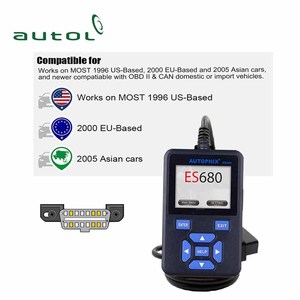


























































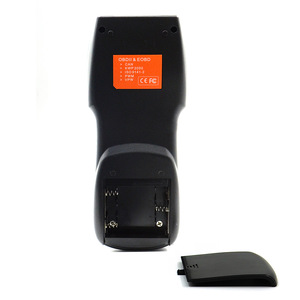
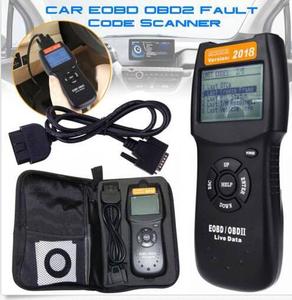


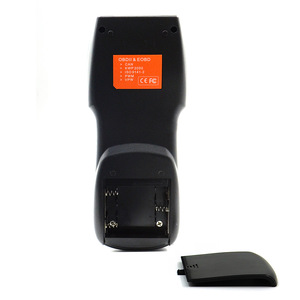
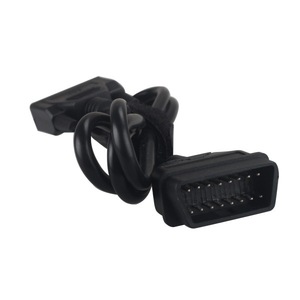



























































































































































A canbus car scanner is a diagnostic tool used to read and interpret data from a vehicle's CAN (Controller Area Network) bus. This system allows various components of the car to communicate with each other. The scanner can access this data to diagnose issues, monitor system performance, and retrieve information such as error codes or real-time sensor data. There are several types of CANBUS car scanners, each designed for specific purposes and use cases.
Handheld CANBUS Scanners
These are the most common types of scanners; they are easy to use and portable. They connect to a vehicle's OBD-II port, allowing users to access and read diagnostic trouble codes from onboard computers. Handheld CANBUS scanners are designed to perform basic functions like code reading and clearing and can diagnose engine emissions-related issues. Some advanced models can do more, like live data streaming and access other systems.
Professional Grade CANBUS Scanners
These are more advanced and feature-rich than handheld scanners. They often have larger displays, more processing power, and advanced diagnostic capabilities. They can access deeper modules within a vehicle, such as transmission, ABS, and SRS, for more comprehensive diagnostics. They also support more advanced functions like actuation tests, programming, and coding. Garage mechanics and automotive professionals frequently use these scanners to provide detailed diagnostics and services.
Bluetooth OBD-II Adapters
Bluetooth OBD-II adapters are compact devices that plug into the OBD-II port of a vehicle. They establish a wireless connection between a vehicle's CAN bus and a mobile device, such as a smartphone or tablet, through Bluetooth. These adapters enable access to various vehicle diagnostic data and interact with dedicated mobile applications. Users can read and clear diagnostic trouble codes, monitor real-time sensor data, and perform basic diagnostics using the vehicle's CAN bus and the mobile app.
Tablet-based Diagnostic Tools
Tablet-based diagnostic tools are specialized diagnostic equipment that integrates advanced diagnostic functionalities into a tablet computer. These tools connect to a vehicle's onboard diagnostics port, allowing communication with various vehicle systems and modules. They enable access to detailed diagnostic information, including reading and clearing trouble codes, live data monitoring, and performing specialized functions. They are more portable and user-friendly, with larger displays and advanced computing capabilities.
Multibrand Diagnostic Scanners
Multibrand diagnostic scanners are designed to work with various vehicle manufacturers and models. They provide diagnostic capabilities and access to vehicles' CAN bus systems and modules. They read and clear diagnostic trouble codes, monitor live data, and perform various special functions across multiple brands. This allows them to cater to different vehicles, enhancing their convenience and flexibility for mechanics and automotive professionals.
There are several different types of CANBUS car scanners, each with its own set of specifications. However, all have one goal - to read and interpret codes from the car's computer system. Here are some common specifications found in CANBUS car scanners:
Compatibility:
Some scanners are only compatible with specific car models. For instance, a scanner designed for Ford cars may not work with Toyota cars. Nonetheless, most scanners can work with various car models.
Functionality:
Different scanners have different functions. While some are only used to read codes, others can read, erase codes, and perform other diagnostic tests.
Display:
Some scanners have an LCD screen that displays information, while others have a touchscreen display. Besides, there are handheld scanners with a pen-like display that are smaller than the palm of the hand.
Power source:
Some scanners get their power from the car's OBD II port, while others require an external power source like a battery or USB connection to a computer.
Communication protocol:
Different scanners use various communication protocols to interact with the car's computer system. Some use the Controller Area Network (CAN) protocol, while others use the Local Area Network (LAN) protocol.
Here are some maintenance tips for a long-lasting CANBUS car scanner:
Choosing the right scanner can be challenging, given the range of options available. Here are some tips that will help users choose the right scanner for their needs:
Follow the instructions for use and installation to ensure the device works properly and doesn't damage the car's electronic systems:
Preparation
Read the manual to understand the features and functions of the canbus car scanner. Ensure the car is turned off, and the ignition is in the off position. Identify the car's OBD2 port location, usually under the dashboard near the steering wheel.
Connecting the Scanner
Plug the canbus car scanner connector into the OBD2 port. Make sure it is securely connected and does not have a loose connection. Turn the car's ignition to the on position without starting the engine. This provides power to the scanner and allows communication with the vehicle's systems.
Selecting the Right Mode
Depending on the model of the canbus car scanner, there may be a menu or button to select the mode. Choose the mode that corresponds to the scan or diagnosis needed, such as "diagnostic," "read codes," or "live data." Follow the instructions on the scanner's screen or refer to the manual to select the appropriate mode. Navigate the menu using the arrow buttons and select the enter button to confirm the selection.
Performing a Scan
Once the mode is selected, the canbus car scanner will communicate with the car's systems. It may take a few seconds to access the control units and retrieve information. Follow the prompts on the screen and select the desired options, such as reading trouble codes, clearing codes, or viewing live data. Select the "scan" or "diagnosis" button to initiate the scan. The scanner will automatically check the control units and retrieve information, such as error codes or real-time data.
Interpreting the Results
After the scan is complete, the canbus car scanner will display a list of error codes or real-time data related to the selected mode. If error codes are detected, note their numbers and descriptions. Refer to the user manual or online resources to understand the meaning of the codes and possible solutions. The screen will show live data, including sensors, actuators, and system statuses. Monitor real-time data to assess the vehicle's performance and diagnose potential issues.
Taking Action
If error codes are present, troubleshoot and repair the underlying problem. Use the canbus car scanner to clear the codes and check if they reappear. Perform the necessary repairs or replacements if needed. After clearing the codes, perform a test drive to monitor the vehicle's performance. Re-scan the systems with the canbus car scanner to ensure no new error codes have appeared.
Q1: Can any car use a scan tool?
A1: Yes, any car can use a scan tool. However, the compatibility of the scan tool with the car depends on the make, model, and year of the car. Some scan tools are designed to work with all cars, while others are only compatible with specific vehicles.
Q2: What does a CAN bus scanner do?
A2: A CAN bus scanner is used to access and diagnose issues related to the Controller Area Network (CAN) in cars. The CAN bus is a communication system that allows various components of a vehicle to interact. A CAN bus scanner can read messages, detect errors, and perform other diagnostic functions to ensure the CAN bus system works properly.
Q3: What is the difference between an OBD1 and OBD2 scanner?
A3: OBD1 is the first generation of On-Board Diagnostics systems used in cars before 1996. OBD2 is the second generation standard adopted in 1996 and used in all cars afterward. OBD2 is more advanced and standardized compared to OBD1. It provides more detailed diagnostic information and has a standardized connector and command set, making it easier to use with various vehicles.